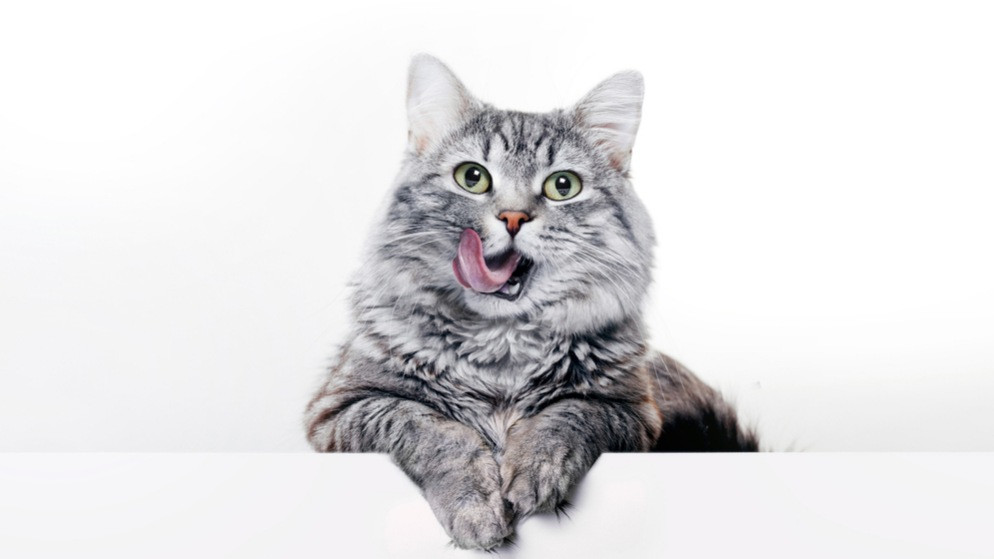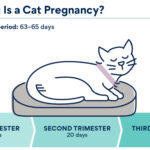It’s a question that piques the curiosity of every cat lover: just how old is our feline friend in human terms? We often hear the simple adage that one cat year equates to seven human years. While this “7-year rule” offers a quick, generalized answer, it doesn’t truly capture the nuances of feline aging. To accurately understand your cat’s age in human years, especially when considering a long-lived companion, like a 20-year-old cat, we need to delve deeper into the science of cat aging.
Beyond the Myth: Understanding True Cat Years to Human Years Conversion
The common “7-year rule” is a vast oversimplification. Cats actually age much faster in their initial years. In their very first year of life, a kitten reaches a developmental stage comparable to a 15-year-old human. By the time they celebrate their second birthday, they’re already around 24 in human years. This rapid early development slows down as they mature.
To provide a more precise understanding of your cat’s age relative to human years, let’s explore a detailed cat age chart. This chart takes into account the different stages of a cat’s life, offering a more accurate comparison. Keep in mind that while breed, weight, and overall health can introduce slight variations, this chart serves as an excellent general guide.
Cat Years to Human Years Chart
| Cat Years (Cat’s age according to the calendar) |
Human Years (Cat’s age in equivalent human years, based on the stage of development/aging) |
|---|---|
| 1 year | 15 |
| 2 years | 24 |
| 3 years | 28 |
| 4 years | 32 |
| 5 years | 36 |
| 6 years | 40 |
| 7 years | 44 |
| 8 years | 48 |
| 9 years | 52 |
| 10 years | 56 |
| 11 years | 60 |
| 12 years | 64 |
| 13 years | 68 |
| 14 years | 72 |
| 15 years | 76 |
| 16 years | 80 |
| 17 years | 84 |
| 18 years | 88 |
| 19 years | 92 |
| 20 years | 96 |
| 21 years | 100 |
| 22 years | 104 |
| 23 years | 108 |
| 24 years | 112 |
| 25 years | 116 |
According to this chart, a 20-year-old cat is approximately 96 years old in human years. This makes a 20-year-old cat a truly geriatric feline, the equivalent of a very senior human! Understanding this age conversion can provide valuable insight into your cat’s life stage and help you cater to their specific needs as they mature.
Unraveling the Mystery: Estimating Your Cat’s Age When the Birthday is Unknown
Sometimes, especially when adopting a rescue cat or taking in a stray, your cat’s exact birthdate remains a delightful mystery. In such cases, estimating their age becomes a fun bit of detective work. While the following are general guidelines and individual cats can vary based on their health and history, these clues can help narrow down your feline friend’s age. For the most accurate assessment, always consult with your veterinarian.
 grey cat looking and licking lips
grey cat looking and licking lips
Determining a stray cat’s age can be challenging, but observing their teeth, coat, muscle tone, and eyes offers valuable clues. Photo: KDdesignphoto/Shutterstock
- Dental Examination: A cat’s teeth are often a reliable indicator of age. Kittens and young cats typically have pristine white teeth. As cats age, you might notice yellowing, starting between 1 to 2 years old. Tartar buildup across most teeth can suggest an age of 3 to 5 years. However, remember that dental health can vary greatly. Some cats are predisposed to tartar, diet plays a role, and prior dental care can influence teeth appearance. Missing teeth or signs of decay often point towards senior years, though these can also stem from health issues or past dental procedures.
- Coat Condition: A youthful feline usually boasts a soft, fine coat. As cats mature, their fur often becomes thicker and coarser. Senior cats may also develop gray or white patches in their coat, similar to how humans age. Keep in mind breed variations; some breeds naturally have thicker or finer coats regardless of age.
- Muscle Tone and Body Condition: Younger cats are typically more muscular and lean. Older cats may become bonier, with looser skin, and their shoulder blades might become more prominent as muscle mass decreases with age.
- Eye Clarity: Young cats possess bright, clear, and often sparkling eyes, typically free from discharge (unless there’s an underlying health issue). As a cat ages, the irises might appear less smooth or even slightly jagged. Cloudiness in the eyes can be a sign of a senior cat, but it’s crucial to note that various health conditions can also cause cloudy eyes, some requiring immediate veterinary attention. If you observe cloudiness, squinting, or watery eyes, promptly consult your vet to rule out any health concerns.
Understanding how to estimate your cat’s age, and knowing that a 20-year-old cat is a remarkable 96 in human years, deepens our appreciation for these amazing animals and helps us provide the best possible care throughout their lives. Cherish every moment with your feline companion, no matter their age!

